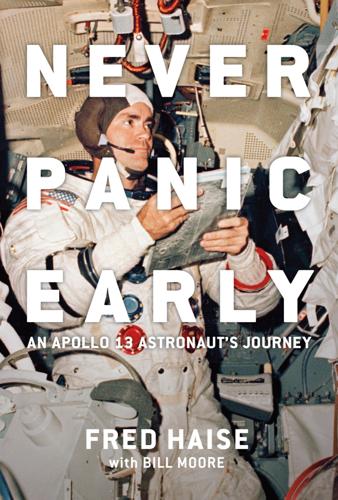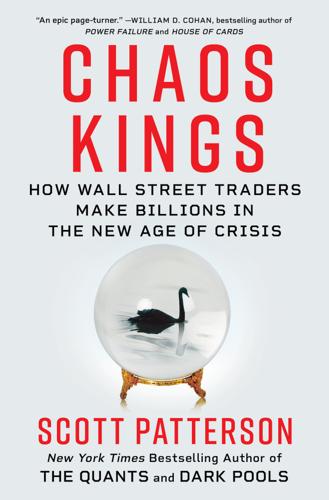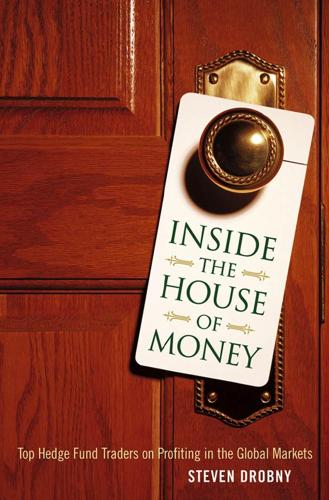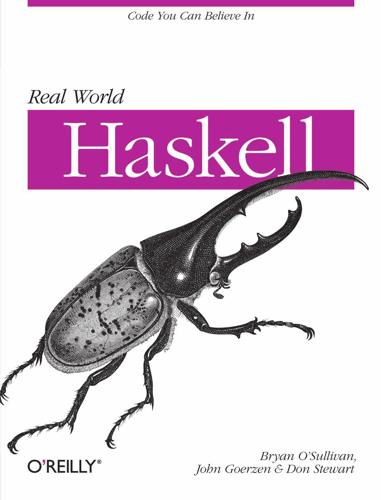
Never Panic Early: An Apollo 13 Astronaut's Journey
by
Fred Haise
and
Bill Moore
Published 4 Apr 2022
Published by Smithsonian Books Director: Carolyn Gleason Senior Editor: Jaime Schwender Assistant Editor: Julie Huggins Edited by Karen D. Taylor Designed by Gary Tooth / Empire Design Studio Library of Congress Cataloging-in-Publication Data Names: Haise, Fred, 1933- author. | Moore, Bill, author. Title: Never panic early : an Apollo 13 astronaut’s journey / Fred Haise with Bill Moore. Identifiers: LCCN 2021053466 (print) | LCCN 2021053467 (ebook) | ISBN 9781588347138 (hardcover) | ISBN 9781588347145 (ebook) Subjects: LCSH: Haise, Fred, 1933- | United States. National Aeronautics and Space Administration–Biography. | Apollo 13 (Spacecraft) | Astronauts–United States–Biography. | Space flight–History.
…
TABLE OF CONTENTS FOREWORD BY GENE KRANZ ACRONYM LIST MY BEGINNINGS LEAVING THE NEST AND LEARNING TO FLY INTO THE JET AGE BACK TO SCHOOL AND INTO NASA THE X-SERIES MY INTRODUCTION TO AEROSPACE LIFE ON THE EDGE OF SPACE MY TICKET TO THE MOON ODYSSEY—A PERFECT NAME A SUDDEN DETOUR BACK TRAINING FOR THE MOON A RETURN TO FLIGHT TESTING JOINING THE IRON WORKS IN THE ROCKING CHAIR ACKNOWLEDGMENTS INDEX FOREWORD BY GENE KRANZ Hundreds of books have been written by astronauts, and while reading Fred Haise’s early, well-written chapters, I concluded that Never Panic Early serves two purposes. First, it’s the story of the Apollo generation of astronauts. Second, it recounts Haise’s determination and destiny to become a member of that select group. I don’t remember the first time I met Haise, but we became very close in the post-Apollo years. We are forever brothers in a fraternity of those who have taken flight, and, because we fly, we envy no man on Earth.
…
Haise played semipro baseball and had an aptitude for sports writing and later, as editor of the Bulldog Barks in junior college, he hoped to obtain a journalism scholarship to the University of Missouri. However, his career would not be found in writing. It began as a Marine fighter pilot, winning his wings of gold in the fabled Grumman Hellcat in 1954. Never panic early experiences come early and often to young aviators. Haise’s first calamity arose due to a combination of bad weather and an engine failure, resulting in an emergency landing at a small airport. His was the first McDonnell Banshee jet to land at the Tamiami Airport. After a tour as a flight instructor at Naval Air Station Kingsville, he decided to become a test pilot.

Chaos Kings: How Wall Street Traders Make Billions in the New Age of Crisis
by
Scott Patterson
Published 5 Jun 2023
Now, due to the modern world’s hyper-networked, jet-fueled, megacity intermixing, the spread—the R0—could be even more nonlinear, more exponential. “Global connectivity is at an all-time high, with China one of the most globally connected societies,” the “Systemic Risk” memo explained. “Fundamentally, viral contagion events depend on the interaction of agents in physical space.” The solution: Break the chain. Panic now—panic early, a phrase Taleb and his memo coauthors would go on to use throughout the Covid-19 crisis and that became a hallmark of the chaos king playbook. Failure wasn’t an option. The risk to humanity was what’s known in statistics—and sophisticated corners of gambling—as a ruin problem. That is, the destruction of the human race.
…
Financial markets can pose a systemic risk known as contagion—a problem in one part of the market can spread to other parts, like a virus, leading to an explosive chain reaction and total chaos. Financial blowups are like pandemics—fast, exponential, destructive. The solution for Taleb: Don’t play in the systemic-risk casino. Avoid those dice. Don’t get on the plane if you have doubts about the pilot. Panic early. Apply the precautionary principle. In practical terms, don’t use borrowed money (or leverage) and protect yourself from major crashes. That was precisely what he’d done alongside Mark Spitznagel at Empirica. They crafted a trading machine that could never blow up. On the contrary, it thrived in blowups—it was, as Taleb later said, antifragile.
…
You might lose a little bit, but you could never lose it all… you could never “blow up,” as traders say, unless you were incredibly unlucky. It’s what kept Klipp in the game all those years, what made him known as the Babe Ruth of the CBOT. And it was a lesson that would guide Spitznagel’s approach to trading for the rest of his life. Klipp was effectively teaching Spitznagel that key chaos king trait: Panic early. Cut your losses immediately, because if your position keeps falling, you can be wiped out. By making it into an iron law, he turned the strategy into a natural reflex—for those who could stomach it. Klipp’s approach to trading wasn’t entirely unique. From their first days on the floor, cub traders are repeatedly told “cut your losses, let your profits ride.”

Inside the House of Money: Top Hedge Fund Traders on Profiting in a Global Market
by
Steven Drobny
Published 31 Mar 2006
When we are totally honest with ourselves, we place ourselves in a position to read the news clearly. If you’re stuck in a view, you’re going to kid yourself, disbelieve new news, and probably panic too late.That’s the other dictum, by the way, that I’ve learned or that I pass on: If you’re going to panic in markets, panic early. Panicking late is a recipe for disaster. CHAPTER 7 The Treasurer Dr. John Porter Barclays Capital London ohn Porter is the biggest risk taker at Barclays, one of the United Kingdom’s largest and most venerable financial institutions.Whether it is home mortgages, savings accounts, credit cards, or corporate loans, Porter takes in everything that has interest rate risk.

Real World Haskell
by
Bryan O'Sullivan
,
John Goerzen
,
Donald Stewart
and
Donald Bruce Stewart
Published 2 Dec 2008
Here is a more detailed breakdown of the error message: No instance for (Num Bool) Tells us that ghci is trying to treat the numeric value 1 as having a Bool type, but it cannot arising from the literal '1' Indicates that it was our use of the number 1 that caused the problem In the definition of 'it' Refers to a ghci shortcut that we will revisit in a few pages Remain fearless in the face of error messages We have an important point to make here, which we will repeat throughout the early sections of this book. If you run into problems or error messages that you do not yet understand, don’t panic. Early on, all you have to do is figure out enough to make progress on a problem. As you acquire experience, you will find it easier to understand parts of error messages that initially seem obscure. The numerous error messages have a purpose: they actually help us write correct code by making us perform some amount of debugging “up front,” before we ever run a program.